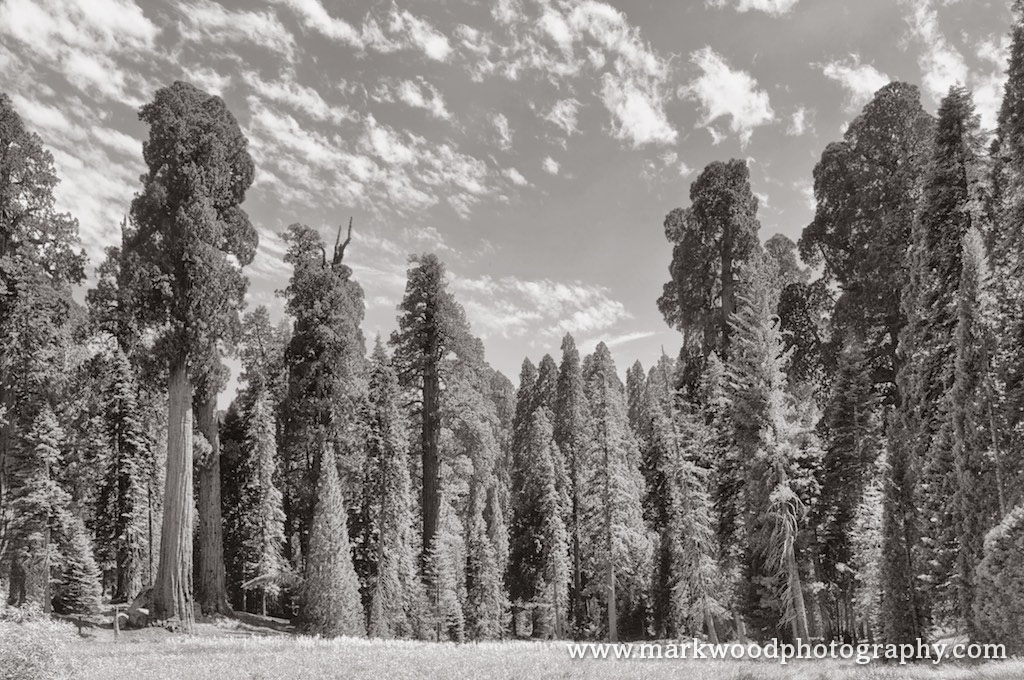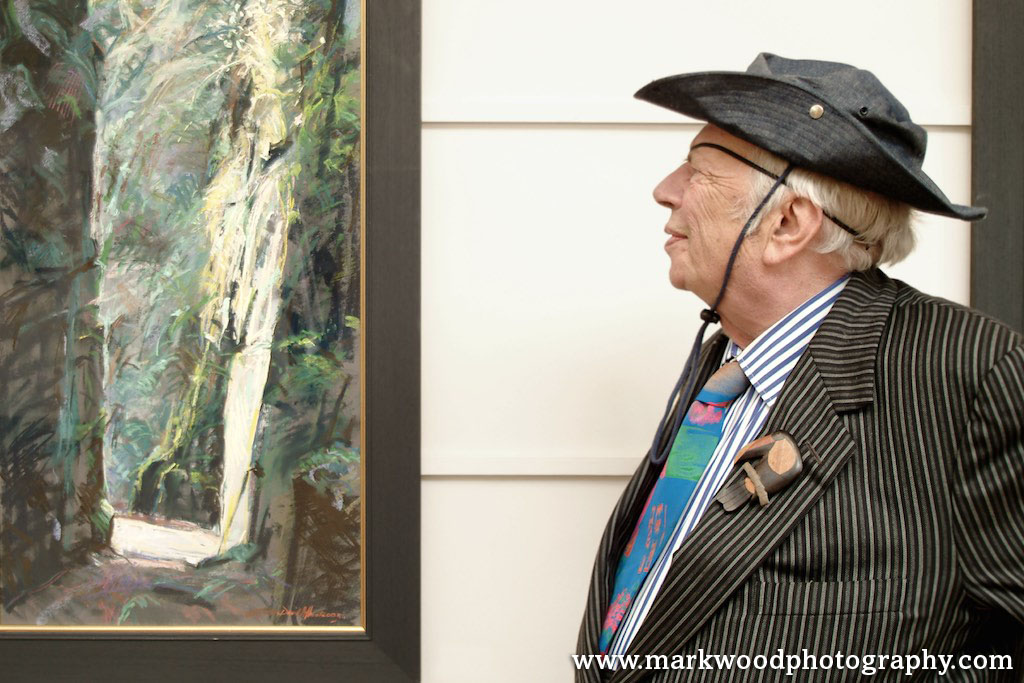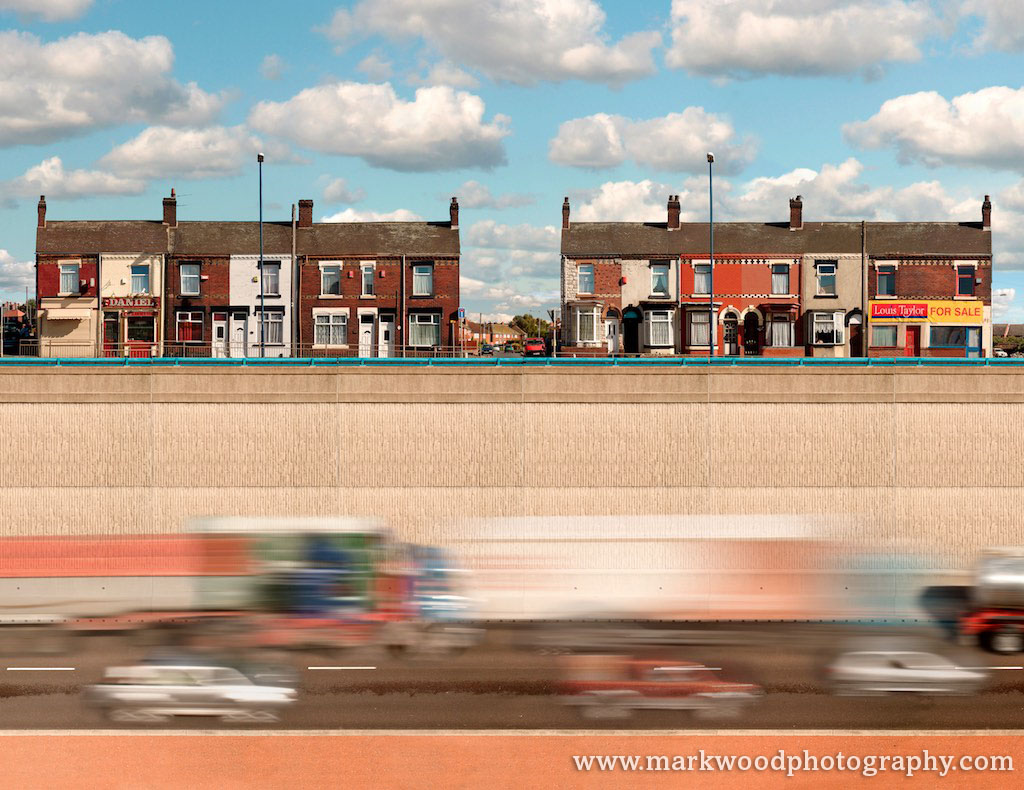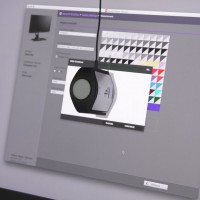Underpinning Professional Photography
This article is for those interested in professional photography. I’ve taken a semi-academic approach here to illustrate topics that are not usually covered in training.
Everyone’s a photographer, it’s just that some photographers are better equipped than others. That might seem rather throwaway or even bawdy, but let’s consider what that statement might mean.
Figure 1 – Sequoia National Park, CA, USA.
Almost from its inception photography has become a pastime for the masses, therefore everyone is a photographer. With the arrival of smart phones the technical skills needed to capture fantastic images has never been lower, and this is a good thing. Prosumer digital cameras make a great step-up from smartphones in both quality and usability; allowing designer-makers, artists, estate-agents, reporters to do away with many of the everyday jobs a professional photographer would be called to do less than a decade ago. This may not be a good thing, especially for the journeyman photographer who’s role has all but disappeared.
Figure 2 – Press Shot – The Late George Melly.
Professional photographers have seen their world change now that high-quality photography can be easily achieved with only modest cameras. Buying higher specified kit is only one reading of ‘better equipped’. Critical faculties need developing, unfortunately such topics are rarely the subject of training courses.
Training can outline the key technical skills of photography and post-processing, such as, camera usage, framing, depth-of-field, and measuring light. It is harder to cover the whys and wherefores of creative choice. This can lead to the lost art of self editing; which photographs to keep, how to categorise them, and how to stylise them. Style can be a flimsy word; ephemeral or trite, but is my short hand for personal visual language. Rather than explain further here’s a quote from Chuck Close.
‘Photography is the easiest medium with which to be merely competent. Almost anybody can be competent. It’s the hardest medium in which to have some sort of personal vision and to have a signature style.’ — Chuck Close
Our workshops and teaching can build the technical underpinning skills of photography, in class we try to contextualise subjects with real world examples.
Turning professional quickly becomes a question of price point, and the willingness of a client to pay for quality work, which demands a photographer who wants to take things to the next level.
Figure 3 – Photo-composite Art – Ring Road.
This can be described as efficiency versus sublime creativity. These are not mutually exclusive, often efficient working frees up the time for more creativity. Also, understanding process furthers creativity. Be assured our photography, Lightroom, and Photoshop courses cover the technical processes. It’s just that being better equipped is more than hardware, or software knowledge.
In art-school serendipity is celebrated, but a professional needs to analyse happy accidents and replicate them on demand. This is where technical training is essential. Without sound underpinning knowledge your creativity will be limited.
I should conclude by saying my photographic education was accelerated in the hard knocks of press-photography. Working for the regional press I had to cover sports, civic handshakes, traffic incidents, fires, and quite a few village fetes. That’s the real world context I use to underpinning my teaching.
To learn more about the photography training we offer please get in touch on info@xchangetraining.co.uk

 0345 363 1130
0345 363 1130 info@xchangetraining.co.uk
info@xchangetraining.co.uk







